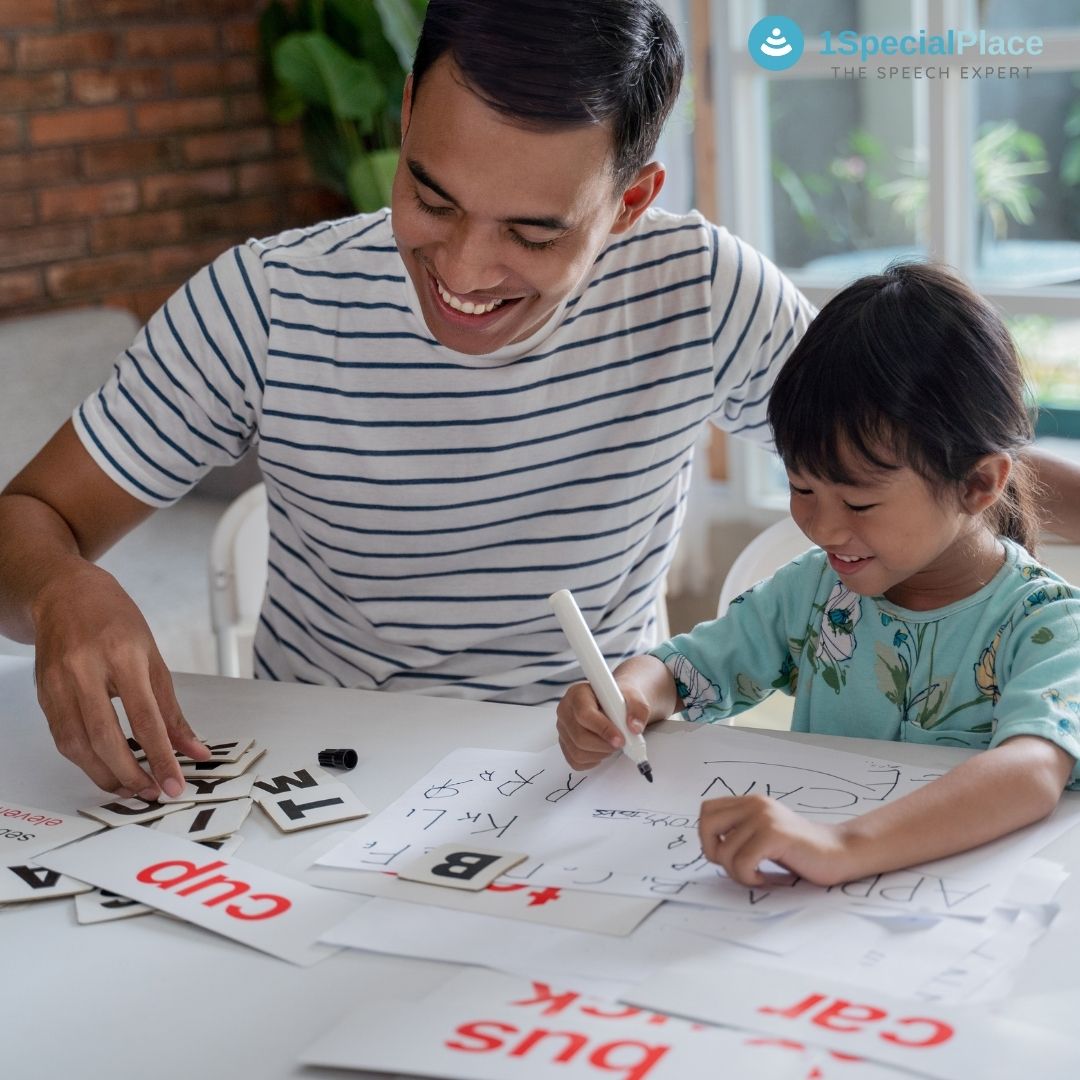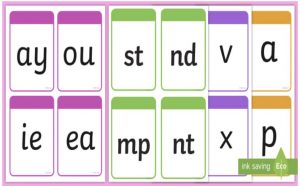
The Effectiveness of Phonics Cards on Speech Production
The Effectiveness of Phonics Cards on Speech Production
Phonics Cards – Children produce frequently heard sounds as and when they start babbling. This is one of their ways of exploring the building blocks of language. We can comfortably come to a preposition that; language acquisition occurs from infancy. By the age of 2, the child is bursting with vocabulary. They try to bundle up their newly acquired words into something that sounds like sentences. This phase is the most crucial for learning and experimenting with language. Unfortunately, some children are born with a minimal capacity to comprehend and use language. This is where a speech language pathologist comes into play.
Kids with Down syndrome, Autism, learning disorder, or hearing impairment have a tough time with language reception and expression. Some children find it challenging to plan and program their speech movements.
What is Phonics?
One of the most efficient methods of teaching a child to produce a sound is by amalgamating the concept of phonics. It demonstrates the relationship between sounds (phonemes) and a group of letters (grapheme).
It can be taught in three ways.
- By teaching the child sounds in isolation. For example – (p, b, m, t, d, k, g, f, v, n, r, l)
- By grouping consonants with vowels (CVC- hat), by blending consonants with consonants (CCVC- Flat), and by grouping the above two into syllables (Bro-ken: CCV-CVC)
- By reading books, using toys, playing games that incorporate sounds
Types of Phonics cards
Flashcards with visually stimulating colours and objects play a significant role in learning phonemes and graphemes. It continuously engages the child’s mind owing to the development of the following skills -sorting, matching, recognizing, differentiating. Speech sound cards or phonics cards include every phoneme in a language.
Furthermore, it includes:
- The phonetic transcription of the sound
- The visual representation of the sound being spoken
- Graphical icons of specific features of a sound (E.g. Place, manner, and voicing),
- An example of a word that the sound belongs to.
Phonics cards teach specific sounds and the difference between sound substitutions. They are ideal for children with hearing impairment or Apraxia of speech (Difficulty planning and programming movements of speech).
The visual support provided by the cards helps the child understand every sound that belongs to a word and reduces speech errors such as:
- Omissions – Omitting sounds in words(saying ‘pay’ for
- ‘play’)
- Substitutions- replacing a sound with the other ( saying ‘wed’ for ‘red)
- distortions – Unclear sound production (‘sun’ sounds slushy)
- additions – addition another sound to a word ( saying ‘dog-uh’ for ‘dog’)
Through this method, the child will learn to produce the word clearly and point out the unique individual contribution of the target sound and how the target sound interacts with other sounds that make up the word.
Moreover, these cards are ideal for children with Apraxia of speech. They find it challenging to plan and coordinate oral movements required for continuous speech. Children can easily plan their muscle movements for speech if a word is broken down into its components.
Non-verbal communication (Alternate Augmentative Communication (AAC)* or Picture Exchange Communication System (PECS)**) must be implemented as the primary mode of communication while simultaneously working on improving speaking skills.
- AAC for Adults with Communication Difficulties - October 12, 2024
- Amazon purchases for your child’s speech development - January 31, 2023
- Functional Writing Activities for Individuals with Aphasia - January 23, 2023



Leave a Comment
(0 Comments)